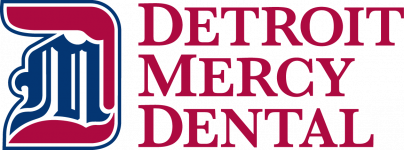Below are some common educations terms defined
Assessment
Assessment is an observational judgment of student performance to quantify the progression of learning (verify expected skill or knowledge acquisition). There are multiple forms of assessment including: assignments, test, quizzes, and skill assessments.
Blended Learning
Blended Learning is a mixed delivery method where instructors use a combination of classroom and online delivery for course content. Most classes taught utilize some online content.
Bloom’s Taxonomy
A taxonomy that is useful to determine the cognitive difficulty level required to answer a question. This is useful to categorize items (questions) based on difficulty .
Diagnostic Assessment
Diagnostic assessment can help you identify your students’ current knowledge of a subject, their skill sets and capabilities, and to clarify misconceptions before teaching takes place. Knowing students’ strengths and weaknesses can help you better plan what to teach and how to teach it. Examples of Diagnostic Assessments include pre-tests, self-assessments, and interviews that are conducted prior to learning.
Flipped Classroom
The Flipped Classroom referes to an instructional strategy where non-interactive activities are delivered online outside of the classroom. This is a type of Blended Learning.
Formative (Assessment)
Formative assessment provides feedback and information during the instructional process, while learning is taking place, and while learning is occurring. Formative assessment measures student progress, but it can also assess your own progress as an instructor. The goal of formative assessment is to gather feedback that can be used by the instructor and the students to guide improvements in the ongoing teaching and learning environment. These are low stakes assessments for students and instructors.
Learning
Learning is the acquisition of knowledge or skill that causes a permanent change in an individual’s thinking and behavior.
Summative (Assessment)
The goal of summative assessment is to measure the level of success or proficiency that has been obtained at the end of an instructional unit, by comparing it against some standard or benchmark. Summative assessment takes place after the learning has been completed and provides information and feedback that sums up the teaching and learning process.
Hybrid Class
Hybrid courses are a mixed delivery method where instructors use a combination of face-to-face classroom time and online delivery for course content, but in class meeting time is reduced and replaced with online activities.
Weighted Grades
Are grades that are assigned a percentage of the total course grade based on factors such as work load, difficulty, and/or importance. These percentages are quite often divided by category (assignment/quiz/exam). When using weighed grades the numerical scores students earn for each grade component within a category are calculated as a portion of the category percentage assigned, which results abstraction from the total point earned. Thus, the total point earned in the course are not representative of the student’s performance, becase using this method means that some points are worth more than others depending on the total points in a category and the percentage assigned to each category.
